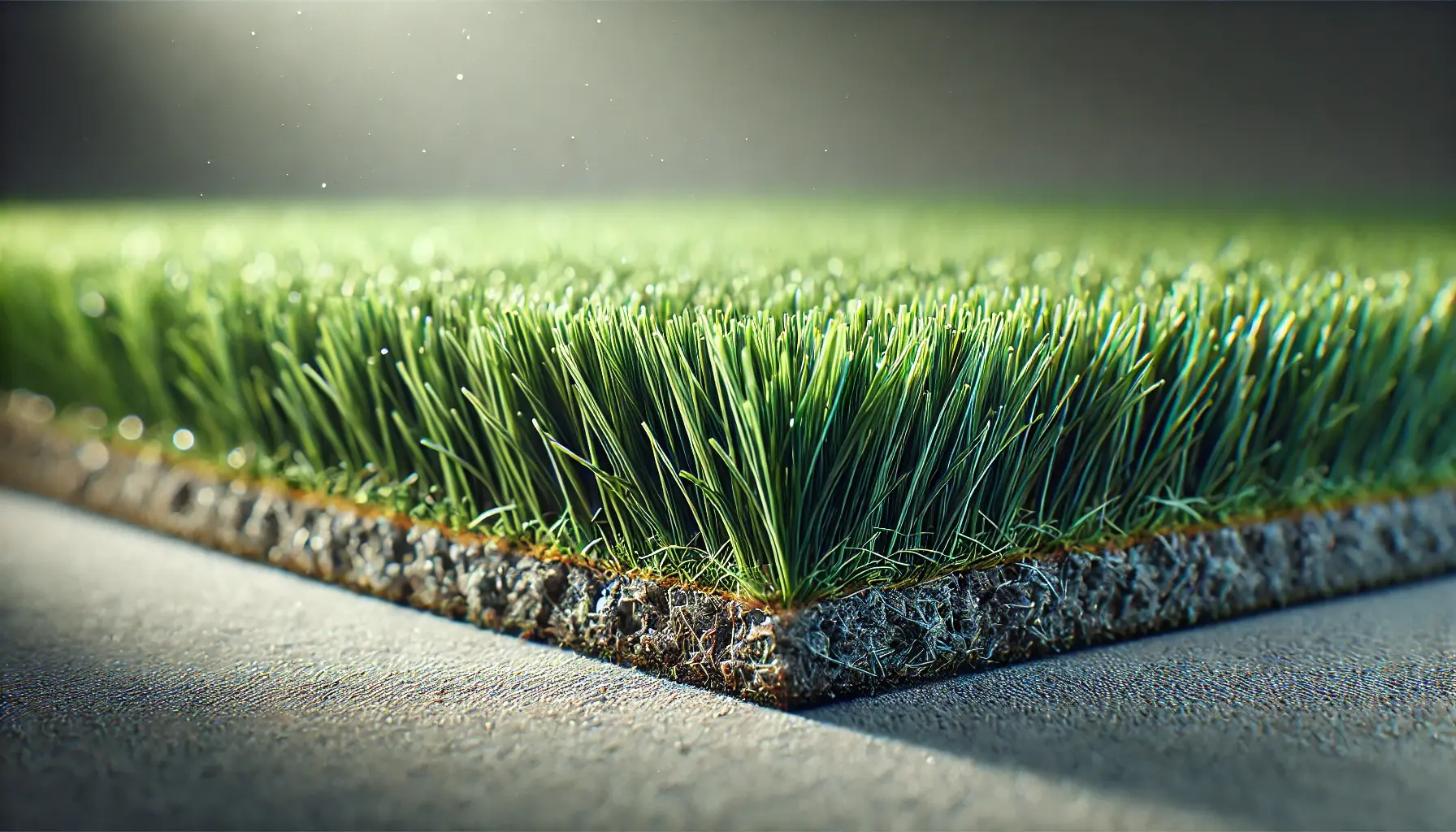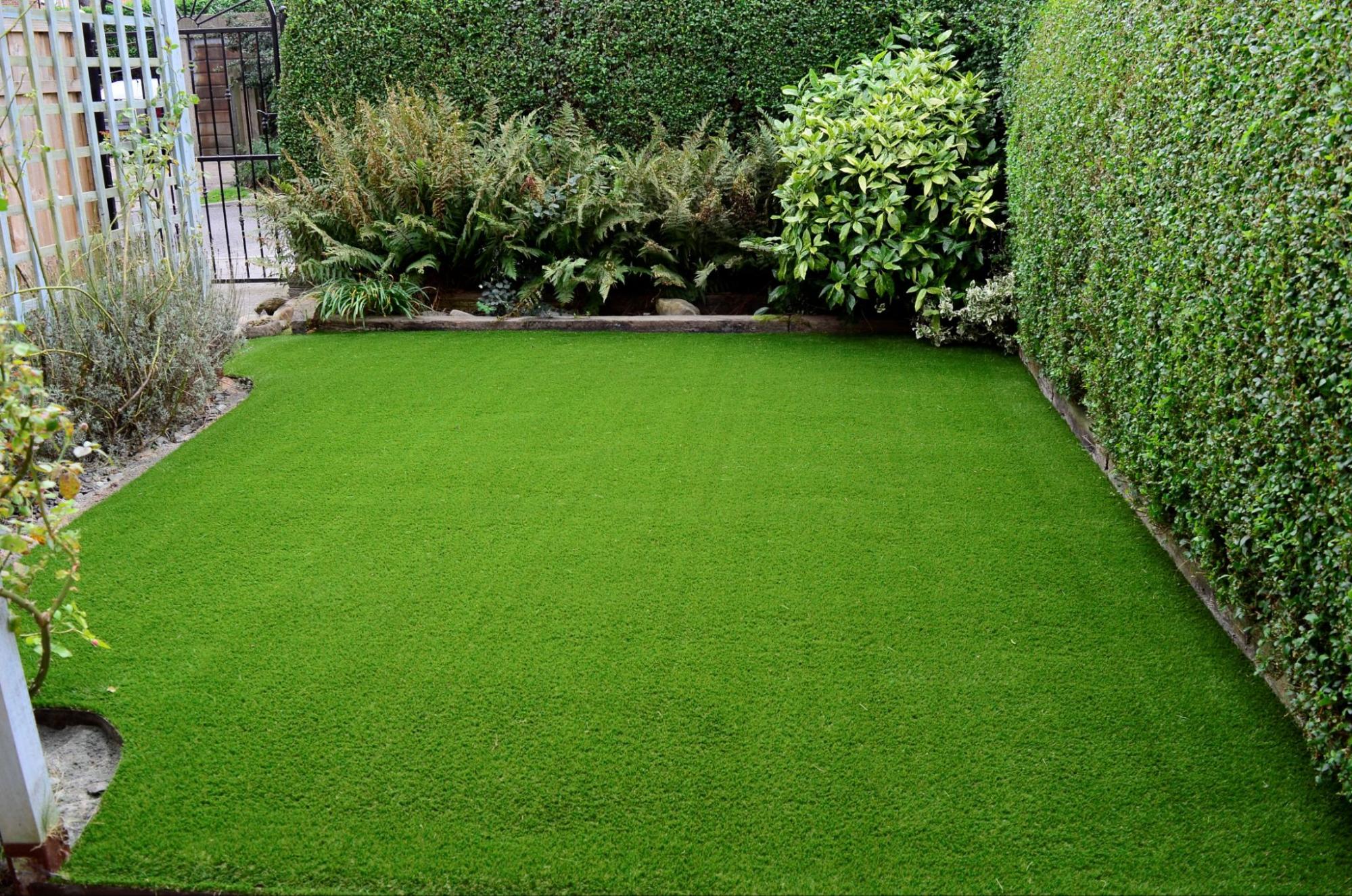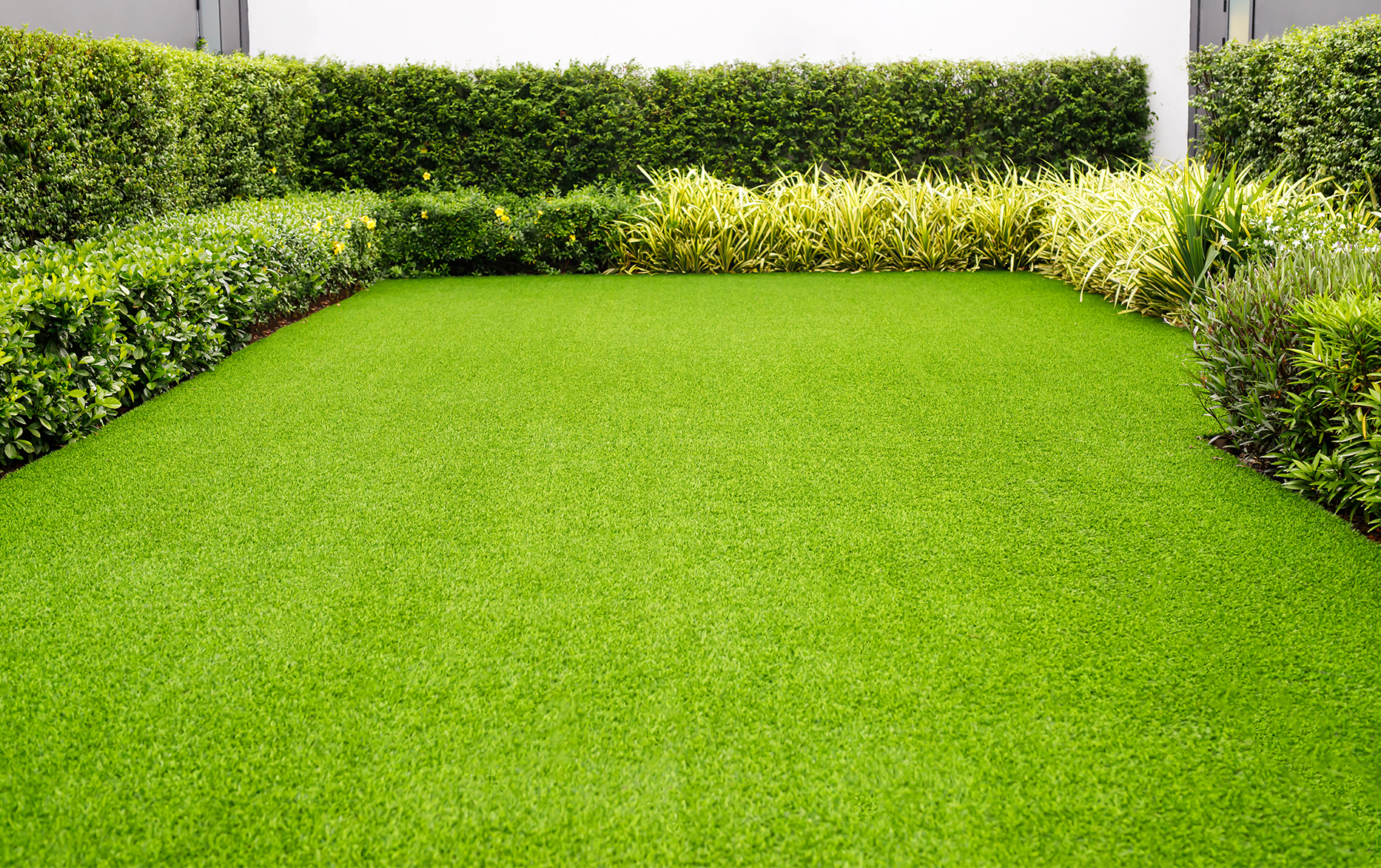Delve Into the Environmental Benefits of Opting for Synthetic Grass Solutions
The adoption of fabricated grass remedies offers a compelling chance to deal with pressing environmental challenges. By substantially decreasing water usage and decreasing the application of harmful chemicals, these options not only advertise sustainable landscape design yet additionally shield regional ecological communities.
Water Preservation Conveniences
One of the most significant benefits of synthetic grass is its capacity to save water. Standard grass yards call for significant irrigation, especially in locations susceptible to drought or water limitations. On the other hand, fabricated lawn does not need watering, considerably lowering the total need for water sources. This attribute is especially advantageous in deserts where water shortage is a pressing worry.
By getting rid of the demand for regular watering, man-made turf adds to lasting landscape techniques and assists minimize the environmental impact of excessive water usage. The preservation of water extends to the decrease of overflow, which can lead to dirt erosion and river pollution.
In addition, the setup of synthetic grass permits districts and house owners to designate water sources extra effectively, concentrating on important uses such as drinking water and farming. The change in the direction of man-made grass not only promotes accountable water use but likewise lines up with broader environmental objectives focused on maintaining natural deposits.
As neighborhoods significantly prioritize sustainability, the water preservation benefits of synthetic grass provide an engaging instance for its adoption in commercial and property landscape design projects.
Decreased Chemical Use
The transition to man-made turf dramatically reduces the reliance on chemical therapies commonly utilized in natural yard maintenance. Typical turf administration usually entails the application of herbicides, fertilizers, and pesticides to advertise growth and control pests. These chemicals can position threats to human health and wellness, regional wild animals, and the environment, adding to soil and water contamination.
In contrast, man-made lawn eliminates the need for these unsafe materials. When mounted, it calls for marginal maintenance, largely being composed of regular cleansing and seldom infill replenishment. This reduction in chemical usage not only profits the prompt setting but also adds to broader environmental security. By decreasing the launch of artificial compounds into the ecological community, synthetic turf promotes much healthier soil and water systems.
Furthermore, the lack of chemical runoff associated with synthetic grass setups helps protect regional waterways from contamination, supporting aquatic life and preserving biodiversity. Phoenix turf companies. As areas significantly prioritize lasting methods, choosing synthetic grass presents a sensible option that straightens with environmental preservation objectives. Through this shift, building owners can delight in lavish environment-friendly areas without compromising eco-friendly health and wellness, leading the way for an extra lasting future
Reduced Carbon Footprint

Additionally, the setup of synthetic grass can cause substantial water preservation. All-natural yards need significant quantities of water for watering, which not only includes in the carbon impact linked with water removal and treatment however also pressures neighborhood water resources. On the other hand, synthetic grass requires marginal upkeep, needing no watering, therefore substantially lowering water use and its connected power expenses.
Furthermore, the durability of man-made lawn adds to its lower carbon influence. With a life expectancy of as much as 15 years or more, the need for regular replacements is decreased, causing much less waste and lower energy consumption in production and disposing of traditional yard choices. In general, synthetic grass provides a sustainable option for ecologically conscious landscape design.
Habitat Conservation
Habitat preservation is an essential factor to consider in the debate over landscape design choices, particularly when comparing man-made lawn to natural lawn. All-natural lawn anchor lawns frequently call for considerable upkeep, consisting of the use of fertilizers, pesticides, and herbicides, which can negatively affect regional ecological communities. These chemicals can seep right into the soil and waterways, hurting indigenous flora and animals and interfering with local environments.
On the other hand, artificial lawn presents a chance to minimize the eco-friendly footprint of landscape design. By going with synthetic grass, home owners can lessen the interruption of all-natural environments linked with typical grass care practices. Fabricated turf eliminates the need for harmful chemicals, therefore protecting neighboring wild animals and keeping the honesty of bordering ecosystems. The installment of fabricated grass can lead to the conversion of previous turf areas into even more biodiverse landscapes, such as pollinator yards or indigenous plant areas, which can support neighborhood wild animals.
Eventually, the change to fabricated grass not only saves water and reduces maintenance efforts however additionally cultivates an extra harmonious relationship between human tasks and the natural surroundings, advertising habitat preservation at the same time.
Long-Term Sustainability
Long-lasting sustainability is a vital element in assessing the benefits of synthetic lawn over traditional lawn yards. One of the most significant benefits of synthetic grass is its durability; it can last approximately 15-20 years with minimal upkeep, whereas all-natural turf needs frequent reseeding and substitute. This longevity decreases the requirement for continuous resources, such as water, plant foods, and chemicals, which are necessary for maintaining a healthy and balanced grass lawn.
Additionally, artificial turf adds to a reduction in carbon exhausts connected with yard care equipment. Conventional yards typically need gas-powered mowers, trimmers, and blowers, wikipedia reference all of which contribute to air contamination. Turf installation phoenix az. On the other hand, fabricated lawn gets rid of the demand for such tools, advertising a cleaner atmosphere
Moreover, the manufacturing of synthetic lawn progressively utilizes recycled products, page enhancing its sustainability profile. As producers adopt environment-friendly techniques, the ecological impact of fabricated lawn remains to decrease.

Verdict
The adoption of synthetic grass services provides considerable environmental benefits, including considerable water preservation, minimized dependence on damaging chemicals, and a lower carbon impact. Fabricated turf aids in preserving all-natural habitats by lessening land disturbance and advertising long-term sustainability through the use of long lasting products. Jointly, these variables highlight the potential of synthetic grass to add positively to ecological wellness and provide a practical alternative to conventional landscape design techniques in a progressively resource-conscious world.
In contrast, artificial turf does not require watering, substantially minimizing the overall demand for water resources. By decreasing the release of artificial compounds into the community, artificial grass promotes much healthier soil and water systems.
Additionally, the installment of synthetic grass can result in considerable water preservation. In contrast, fabricated turf needs very little maintenance, requiring no watering, thus dramatically reducing water use and its associated energy expenses.
